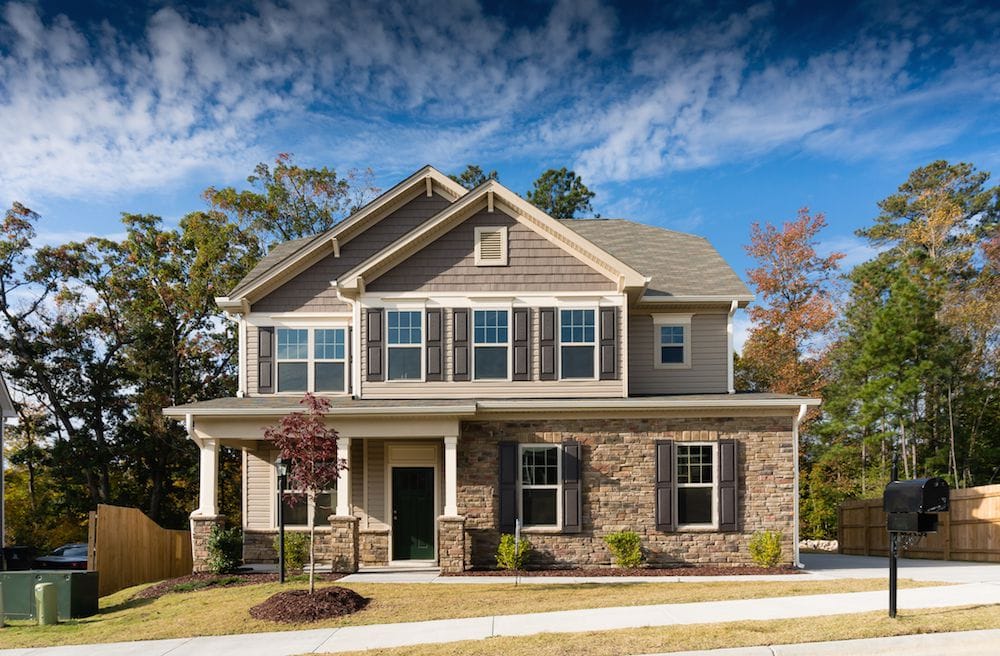-
Address: 1407 Stuart Engals Blvd, Mt Pleasant, SC 29464
-
Phone: (843) 763-4200
-
Email: hello@mappusinsurance.com
Make no bones about it, shopping for homeowner’s insurance can be a daunting process especially when looking on the coast in South Carolina. Here are five important things to look at when shopping for insurance.
1) Premium. This is the first thing that South Carolina homeowners look at, but it shouldn’t be the only deciding factor in this decision. A policy with a low premium may have more expensive deductibles than a policy with a slightly higher premium, for example. We are not saying do not go with the lowest cost, but understand WHY it is the lowest costing policy. Make sense?
2) Deductible. Most people don’t fully consider the implications of their deductibles until they have a claim. However, this can make a major difference in how your policy will respond in the event of a claim.
First, let’s talk about what a deductible is and the different types of deductibles. A deductible is the amount of money that you are responsible for paying in the event of a claim. The most common type of deductible is an “All Other Perils” (a.k.a. AOP) Deductible. This is found on every homeowner’s insurance policy, whether it is in coastal South Carolina or not. This is the amount that the insured (you) is responsible for paying in the event of a covered loss. However, on the coast in South Carolina there is much more exposure for “wind and hail” damage than there is in say Charlotte, North Carolina or Louisville, Kentucky. So, on coastal South Carolina homeowner’s insurance policies you’ll see “wind and hail”, “named storm”, and “hurricane” deductibles.

A wind and hail deductible is the amount of money the insured is responsible for in the event of a loss due to any sort of wind or hail damage.
A named storm deductible is the amount of money the insured is responsible for in the event of a loss due to a named storm. This means a tropical storm or hurricane, so just your run of the mill thunderstorm or even a tornado would be covered under your AOP deductible. Confused yet? (just give us a call at 843.763.4200 and speak with one of our advisors)
Finally, we have a hurricane deductible. This deductible only comes into play in the event of, you guessed it, a hurricane. Any other wind and hail damage would be covered under the AOP deductible.
Most often, these wind/hail, named storm, and/or hurricane deductibles take the form of a percentage. So, if you have dwelling coverage of $500,000 and a 2% hurricane deductible, you are responsible for $10,000 (2% of your dwelling coverage) in the event of a wind, named storm, or hurricane. Occasionally, you will see a flat rate wind and hail deductible as well.
REAL LIFE EXAMPLE……………
Now, let’s put it into a real life example. John Doe has three quotes that he is trying to decide between. All three quotes have $450,000 Dwelling Coverage and the same endorsements. Company A annual premium is $2200 and has a $2500 All Other Perils Deductible and a 2% Wind and Hail Deductible. Company B’s annual premium is $2300 with a $2500 All Other Perils Deductible and a 2% Named Storm Deductible. Company C’s annual premium is $2500 with a $2500 All Other Perils (AOP includes all non-hurricane Wind/Hail claims). Of these three quotes, our recommendation would be Company B or Company C. Company A is a competitive policy, but for less than $10 extra dollars per month he could greatly lower the chances of having to pay more than an AOP deductible. Statistically speaking, you are more likely to have a wind and hail claim than a named storm claim. If John wanted to go further to decrease his personal exposure in the event of a wind or hail claim he could choose to go with Company C’s flat $2500 Wind and Hail Deductible. In the event of a wind and hail claim, John would only be responsible for $2500. If a hurricane or tropical storm damaged his property, this would cut his personal exposure in half compared to Company A & B. So if you are really confused with this example, please give us a call so we can walk you through this situation but for you!
3) Exclusions. Homeowner’s Insurance Policies, also known as “Ho-3’s”, are written on an All-Perils Basis. This means that if the peril is not specifically excluded from the insurance policy, then the peril is covered. Common exclusions include: collapse; mold, fungus or wet rot; earthquakes; and floods. Flood insurance is always a separate policy, but coverage for many other exclusions can be added back in via an endorsement.

4) Endorsements. Again, if you’re not familiar with insurance you may think an endorsement has more to do with a political candidate than your homeowner’s insurance policy. Endorsements on your policy change the coverage- they can add, modify, or take away coverage. There are quite a few endorsements that we always include in our quotes because we believe they add value without adding too much extra premium. Below are a few to be on the lookout for when you’re shopping:
- Personal Property Replacement Cost, Extended Replacement Cost, Water Back-up, Mold/Fungi, Personal Injury, Loss Assessment, Animal Liability…
5) Coverage. This is the most important part of your policy. Make sure you are comfortable with the amount of coverage that is provided for your Dwelling, Other Structures (fences, sheds, detached garages, etc.), Personal Property, and Loss of Use. In the event of a loss if you don’t have adequate coverage, you could find yourself paying more than just your deductible to rebuild your home.
